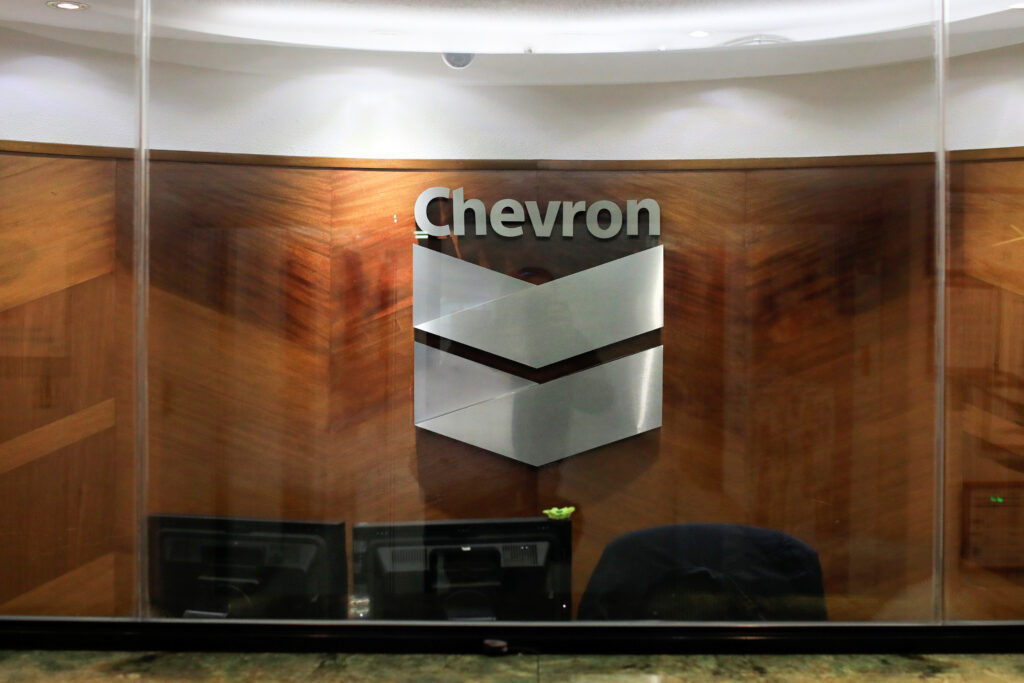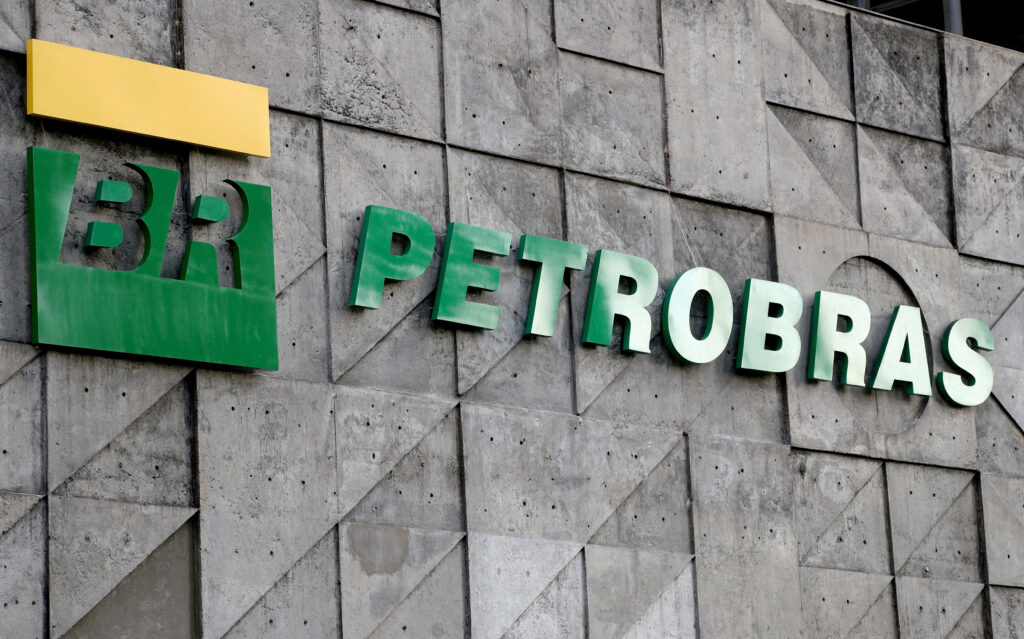LONDON/SINGAPORE/NEW YORK – Oil refiners in Asia, Europe, and the United States are facing a drop in profitability to multi-year lows, marking a downturn for an industry that had enjoyed surging returns post-pandemic and underlining the extent of the current slowdown in global demand.
The weakness is a further sign of soft consumer and industrial demand, especially in China, because of slowing economic growth and rising penetration of electric vehicles. New refineries coming on stream in Africa, the Middle East, and Asia have added to the downward pressure.
Refiners such as TotalEnergies (NYSE: TTE) and trading firms such as Glencore saw bumper profits in 2022 and 2023 as they cashed in on supply shortages caused by Russia’s invasion of Ukraine, disruptions to Red Sea navigation by Houthi militants, and a big recovery in demand following the COVID-19 pandemic.
“It’s certainly looking like the refining supercycle that we’ve experienced over the past few years may now be coming to an end, with supply from newly inaugurated refineries finally catching up with slower-growing fuel demand,” Commodity Context analyst Rory Johnston said.
Singapore refining profits, a bellwether for Asia, fell to $1.63 a barrel on September 17, a seasonal low since the same period in 2020. Asia’s diesel margins crashed to a three-year low on the same day, according to LSEG data.
The weak Chinese economy is a key reason. Industrial output growth in the world’s top oil importer fell to a five-month low in August while oil refinery output fell for a fifth month as weak fuel demand and soft export margins curbed production.
In the top consumer the United States, where demand has also lagged expectations, the 3-2-1 crack spread, a key measure of overall profitability, slipped below $15 a barrel in late August for the first time since early 2021. The 3-2-1 spread approximates U.S. refiners’ typical yield of two barrels of gasoline and one of diesel from every three barrels of oil they process.
Gulf Coast gasoline margins, excluding renewable fuel blending obligations, averaged $4.65 a barrel as of September 13, down from $15.78 a year ago and diesel margins were just over $11, versus over $40 last year, according to data from Oil Price Information Service.
DIESEL OVERSUPPLY
Oversupply in the global diesel market due to soft demand is one of the main reasons for margin weakness.
The International Energy Agency projects diesel and gasoil demand this year to average 28.3 million barrels per day (bpd), contracting by 0.9% from 2023, while demand for gasoline, jet fuel, LPG, and fuel oil grows over the same period.
At the end of August, European diesel margins fell to about $13 a barrel, their lowest since December 2021, according to LSEG data. They averaged $16.6 a barrel in August, less than half the $38.3 they averaged in August 2023.
The immediate outlook remains weak, although seasonal demand could provide support.
Energy Aspects analyst Raul Caldaria said refining profits were expected to remain low for the rest of the year, with some upside from higher winter demand for diesel in Europe.
Despite more robust demand, gasoline profit margins are also under pressure in Europe. They averaged $12.1 a barrel in August, crashing by 61% from August 2023 levels of $31, according to LSEG data.
A spokesperson for Eni (NYSE: E) said the Italian refiner was “implementing measures to mitigate the reduction of refining margins”, but declined to elaborate on those measures.
A spokesperson for Spanish refiner Cepsa said they were monitoring their profit margins but had not decided on slowing their processing.
NEW REFINERIES
The start-up of several new refineries has compounded the pressure on margins, with older refineries, particularly in Europe, feeling the pain.
Earlier this month, Petroineos confirmed it would close its Grangemouth refinery in Scotland, with shutdowns expected in Germany as well.
This year, new capacity ramping up includes Nigeria’s 650,000 bpd Dangote plant, Mexico’s 340,000 bpd Dos Bocas, Kuwait’s 615,000 bpd Al Zour and Oman’s 230,000 bpd Duqm.
“Globally there is clearly too much refining capacity currently relative to demand levels, with new capacity just making things worse,” said Vortexa’s chief economist David Wech.
Bank of America analysts on September 13 said they expected global refining margins to continue their slump, after sliding 25% quarter-to-date and 50% on a spot basis, and as new refining capacity rises 1.5 million bpd year-on-year.
(Source: ReutersReuters)
Jennifer Tacker is a staff writer at ABBO News. She holds a B.A. from the University of Waterloo and a B.Ed from Western University. Jennifer has been active in the stock market and crypto sector for a decade. She specializes in technical analysis and trading strategies. Read Full Bio










